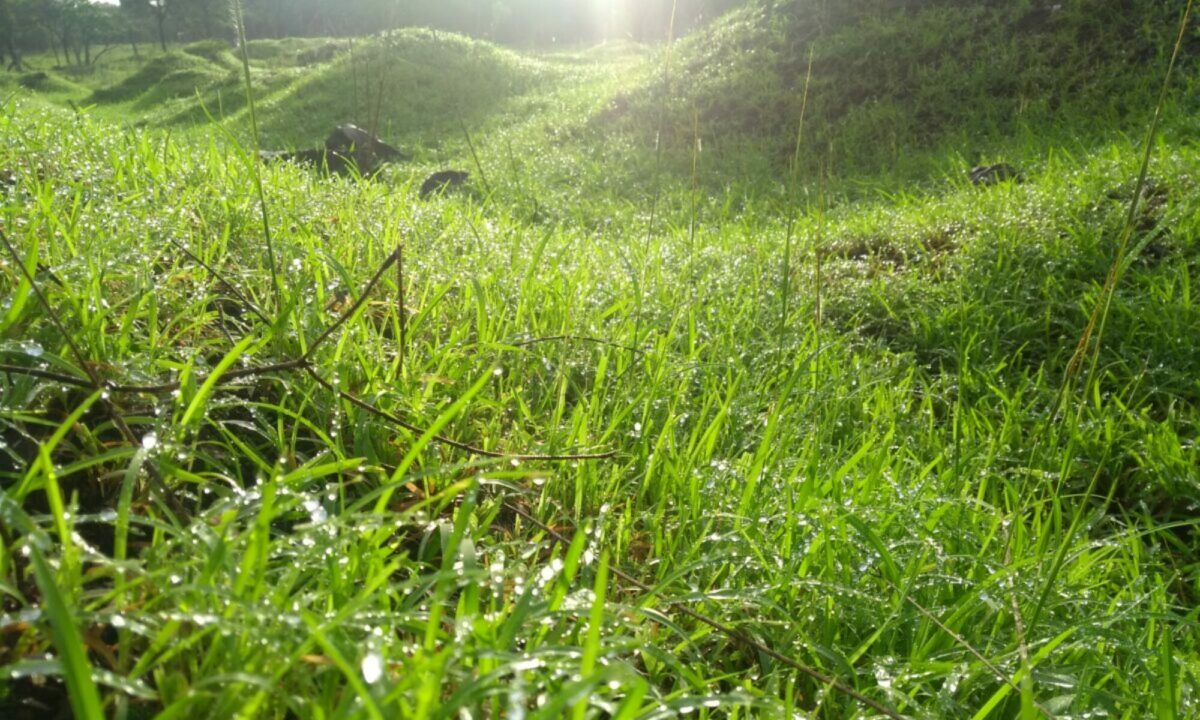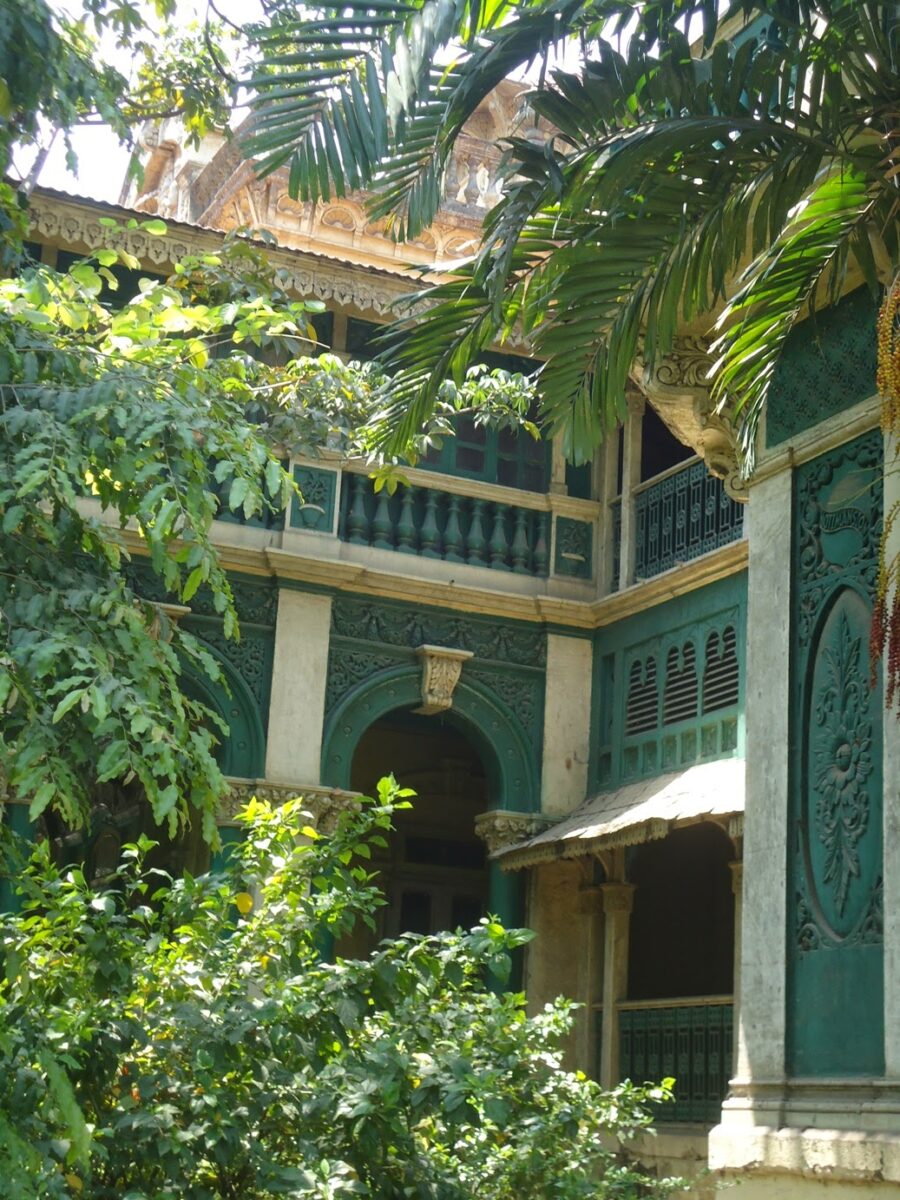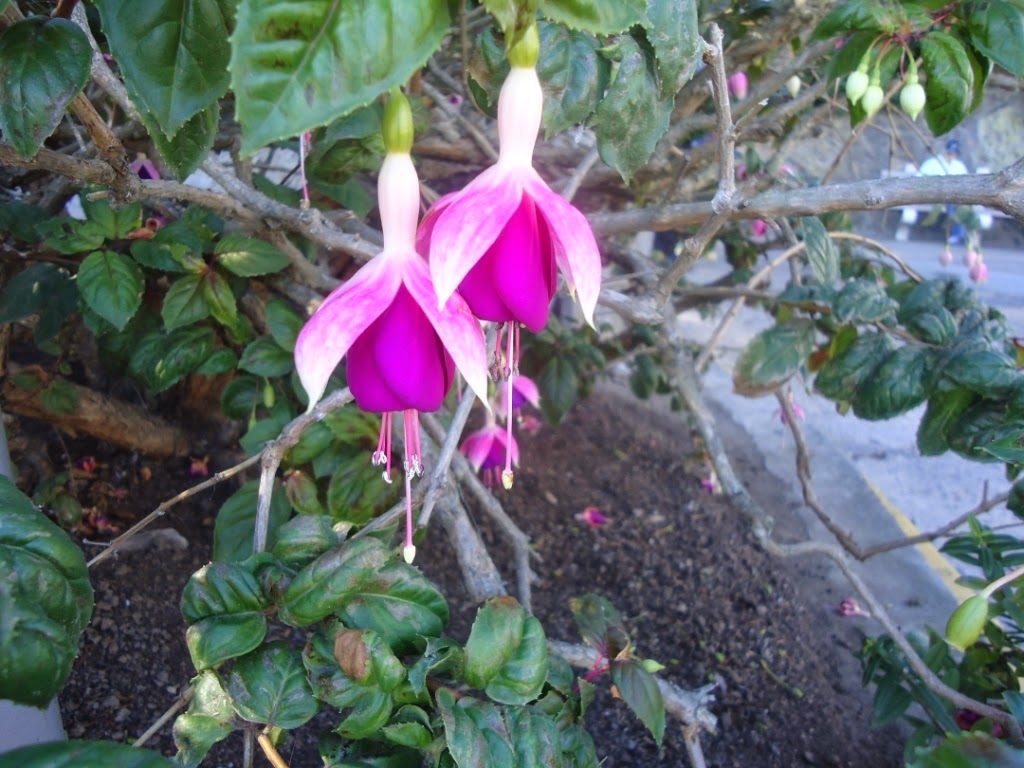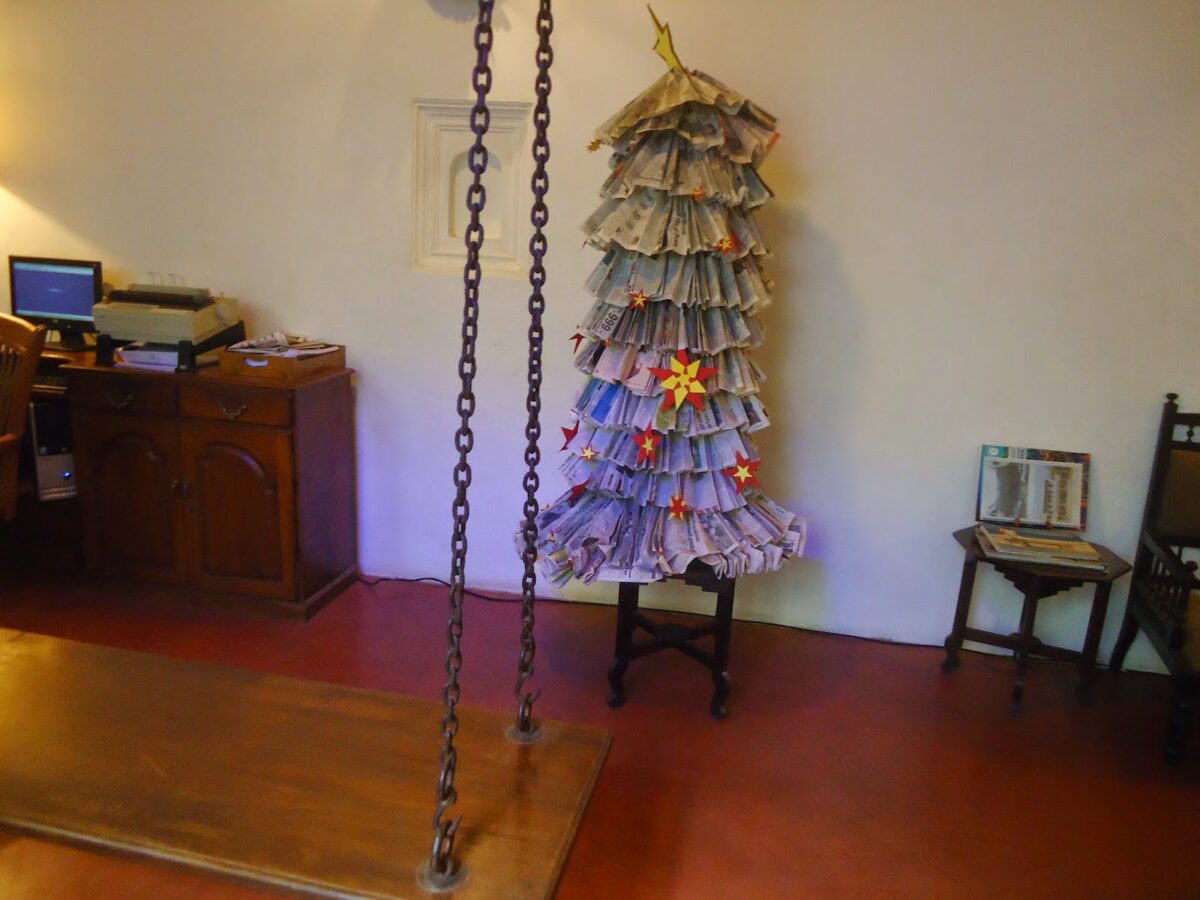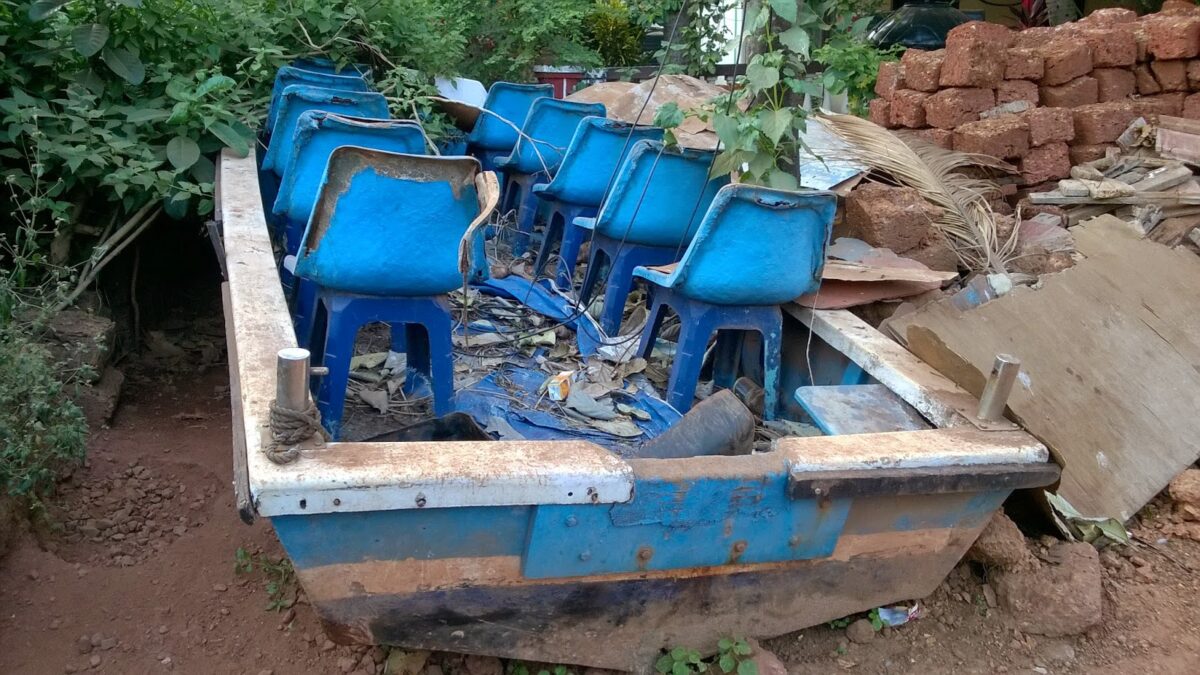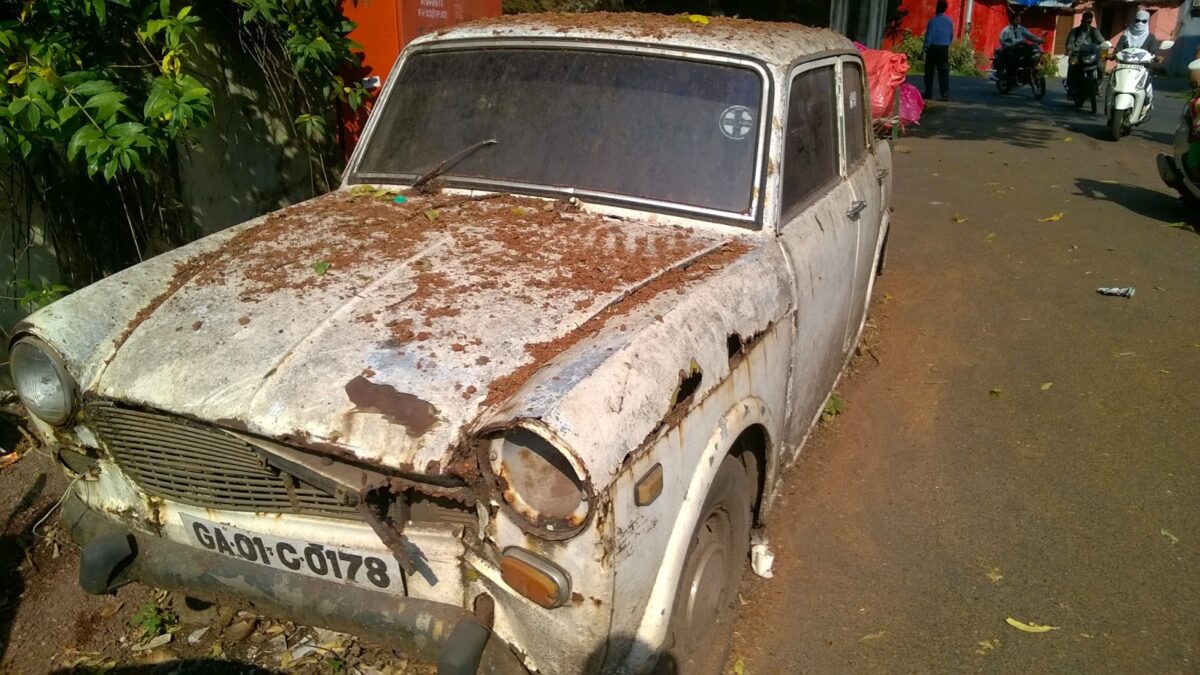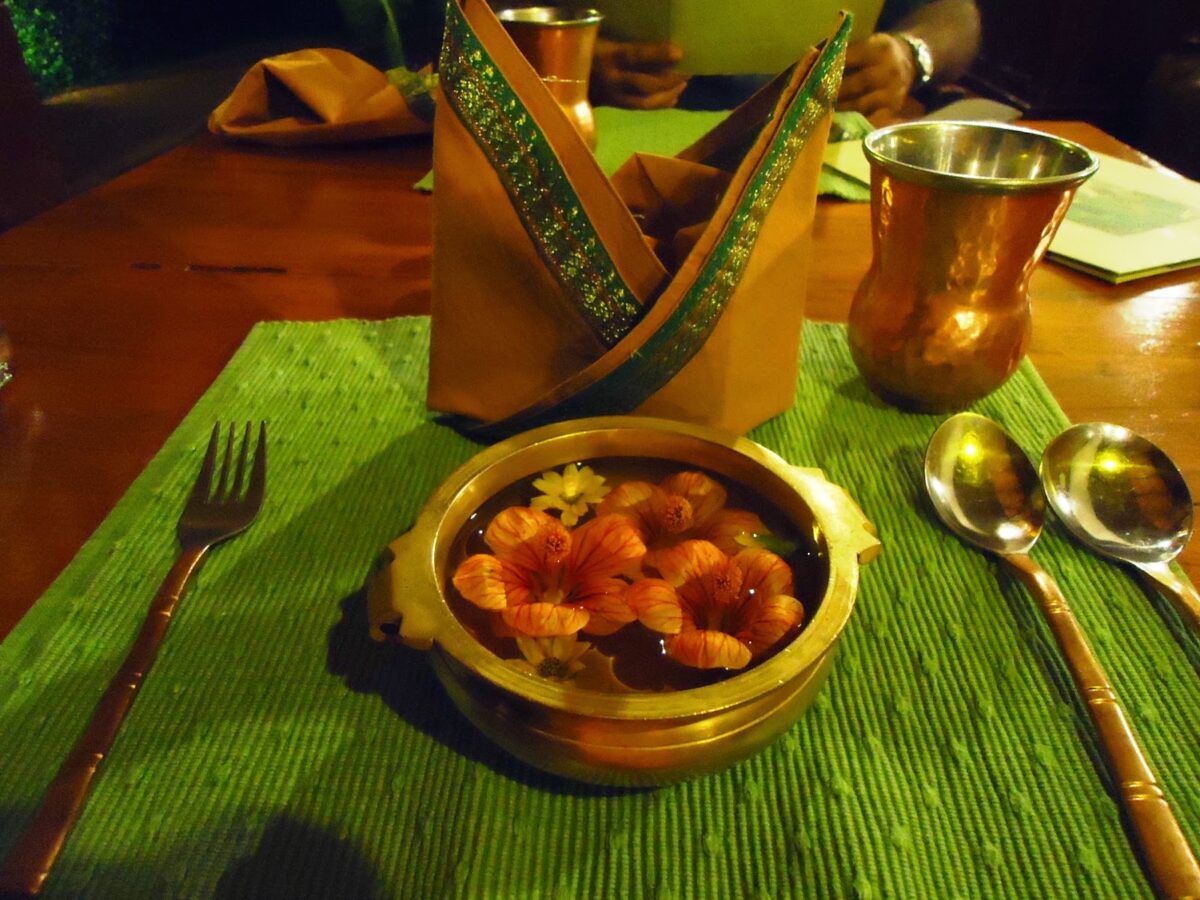 |
| Beautifully laid table at Orange County Resort in Coorg |
Green Glory (Wordless Wednesdays)
Hope
 |
| Photo prompt for #15to50 Fiction Challenge at The Moving Quill |
The city had become a grey, white concrete
glass jungle. Green was now an artificial colour in books and paints. He looked
hopefully at the assortment of seeds in the magician’s hands. Maybe he could do
the impossible. Get the seeds to germinate. Bring green back to life.
Word count: 48
Linking up with the Fiction Challenge ‘From15 to 50’
Glittering (Wordless Wednesdays)
Fuschia (Wordless Wednesdays)
From Fruit to Kernel
Any guesses? That’s right, at a cashew factory!
The cashew tree is Anacardium occidentale that belongs to the Anacardiaceae (Mango) family. Its fruit is an accessory fruit (or false fruit) that has a pear shaped structure called cashew apple and at its end is a kidney shaped drupe. The drupe contains one seed which is the cashew. The apple is used to make Feni and the drupe is processed to make the cashews we know.
There was a pile of drupes at the Kamat Cashew Factory at Sawantwadi. They were creamy yellow coloured and the shell was quite hard to touch. The proprietor was enthusiastic and gladly guided us through his establishment with a running explanation.
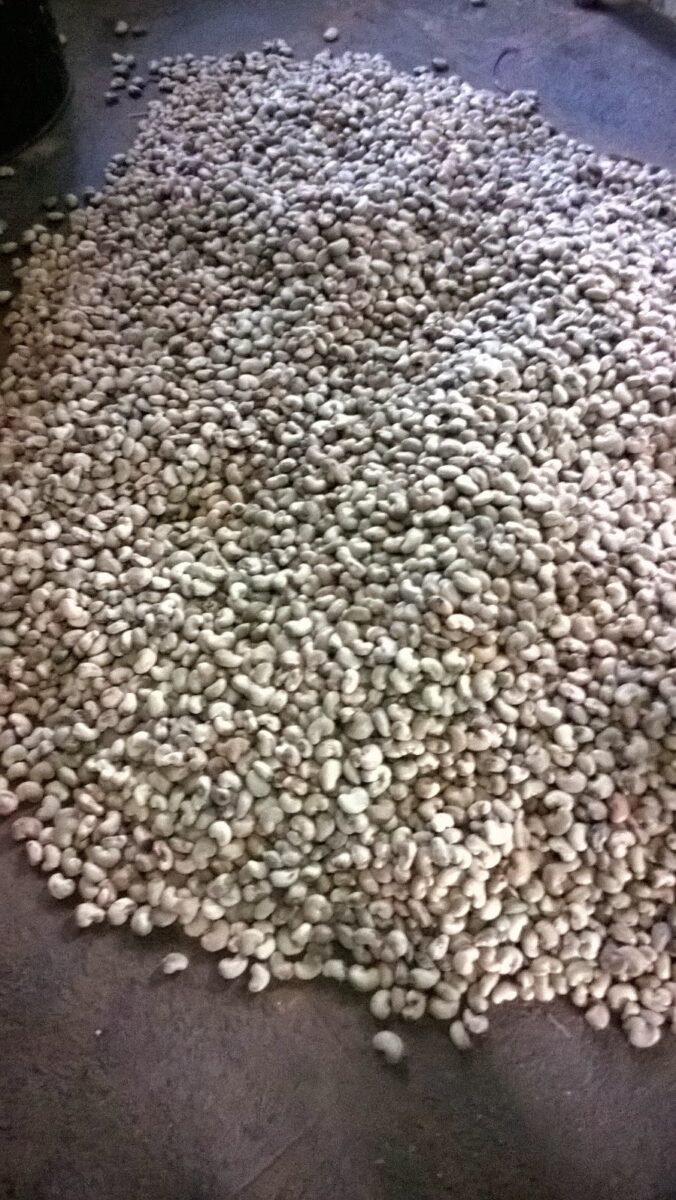
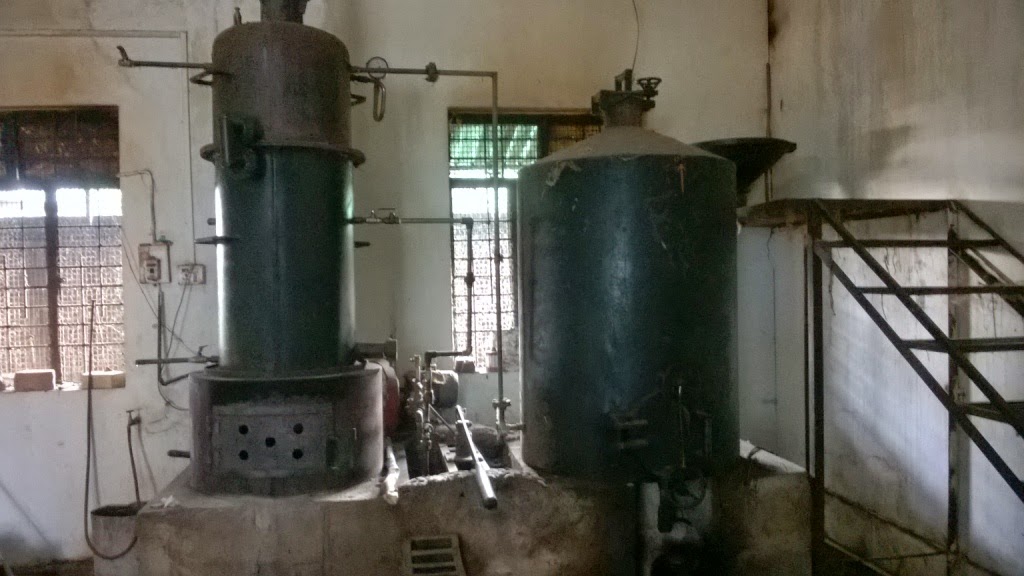 |
| First roasting |
So does one simply break open the shell to get the nuts? No.. Far from it. These drupes undergo their first roasting over steam to mark the start of processing.
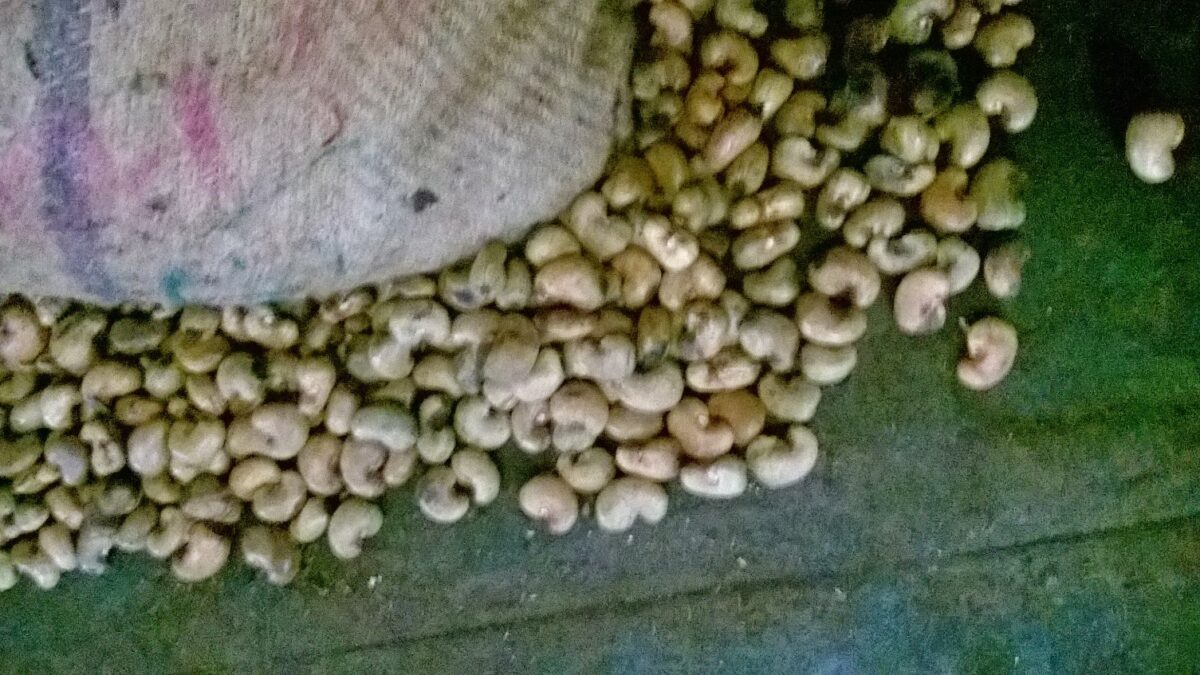 |
| Following first roasting |
The drupes are put into special machines that cut open the hard outer shell. Earlier, the cutting was done manually which did horrible things to the hands of the ladies doing this delicate job. The machine we saw, picked up one drupe at a time, split the cover and the broken cover and kernel were ejected out. This shell has toxic substances (which cause terrible reactions when in contact with skin) and our guide cautioned us against touching them.
 |
| Machine to cut the shell open |
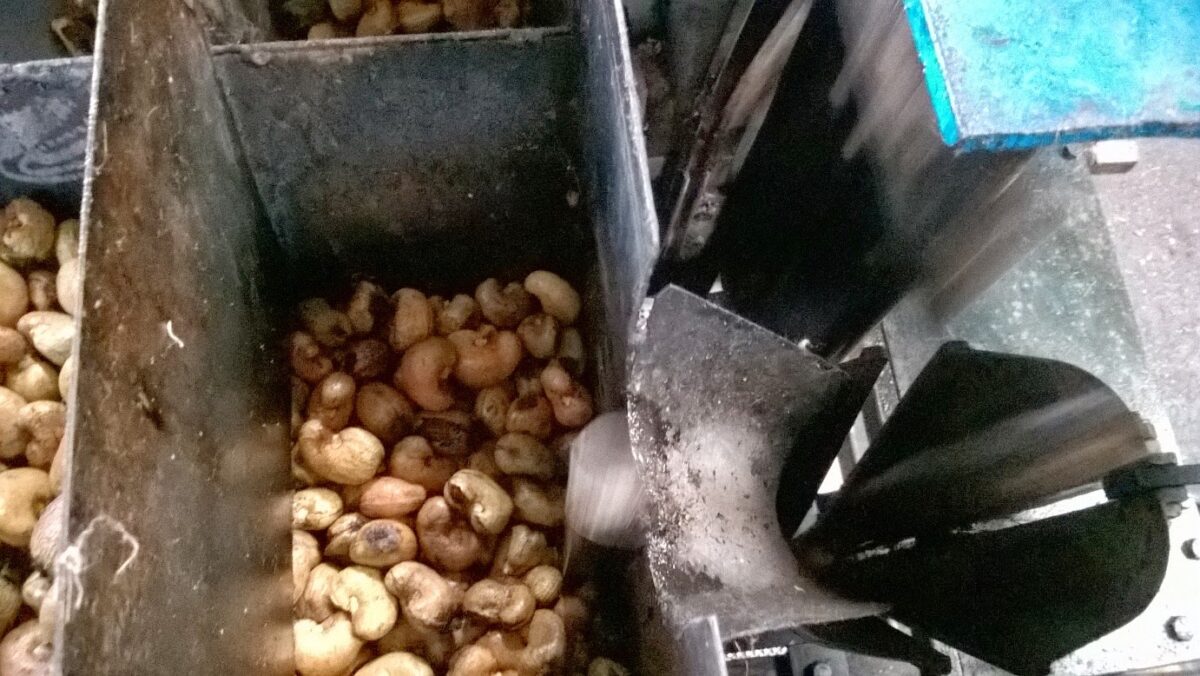 |
| The machine ‘ingests’ and cuts one drupe at a time |
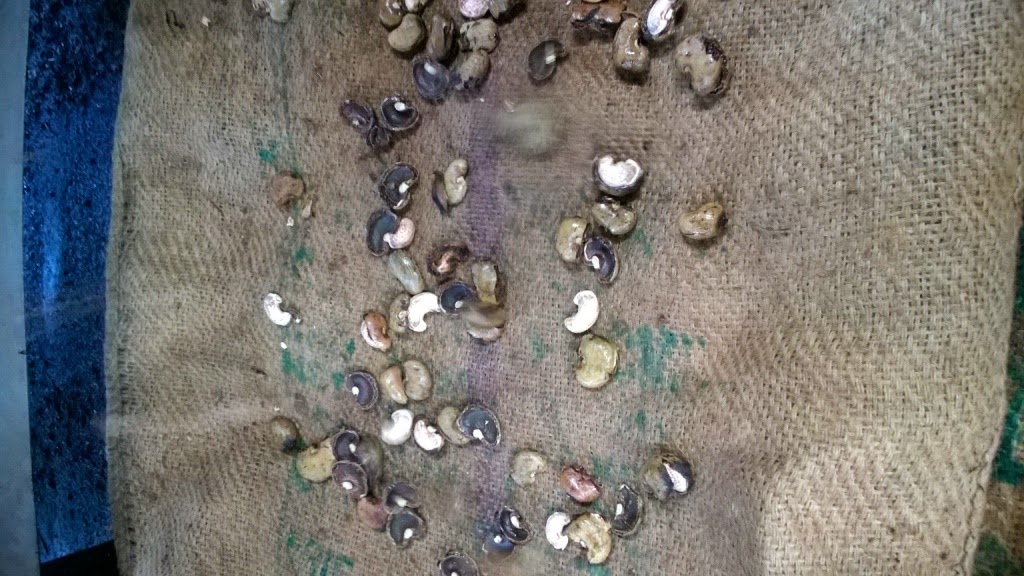 |
| Shells and kernels |
Shells are
sold to paint making companies and the kernels are roasted for a second
time. The resultant product is covered in a dry thin brown skin which may be
removed by further processing. Some kernels are sold with these brown
skins itself.
The kernels are now ready for sorting. This process is done by skilled hands and eyes that segregate the nuts based on their size and colour. I witnessed one lady who sat at a ‘console’ (see image below) and went about deftly throwing cashews in separate containers without even looking up from the pile in front of her.
What Aim! There was no scope for mistakes.
 |
| The kernels on the table are put into the tins around it based on their size, shape |
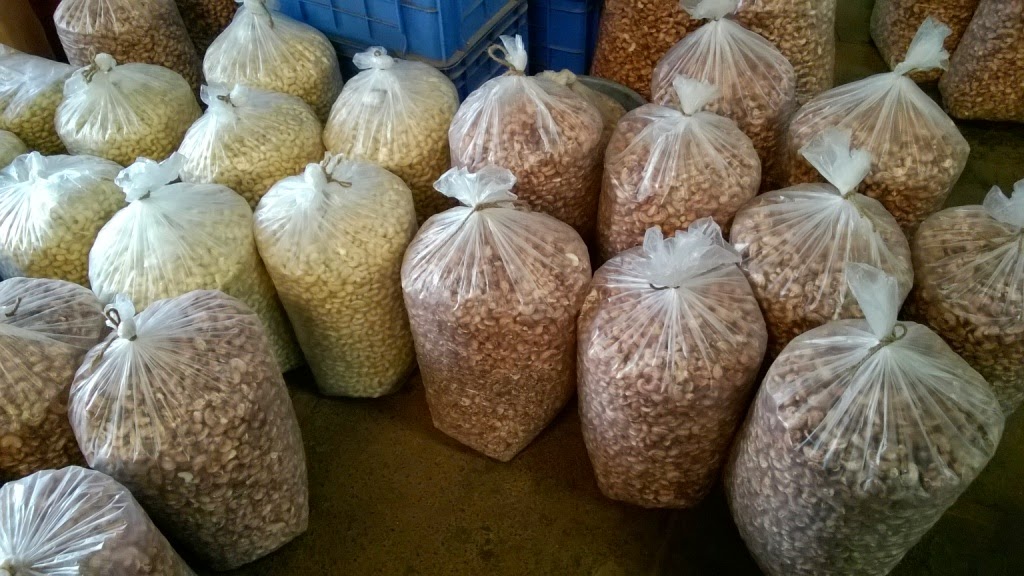 |
| Separated and Packed |
Grading cashew kernels is important as the bigger ones are priced higher. The broken pieces are sold as such and are ideal for adding to cakes or sauces. At a cashew shop one finds them graded asW150, W180. W210, W240 and so on. W refers to whole (B will stand for broken; S for split etc) and the digits are number of kernels per pound. So W150 means there would be 150 kernels per pound. There is a category called SW which means Scorched Wholes where the kernels are scorched or marginally darkened due to excessive roasting. Here is a link with some info about cashew grades.
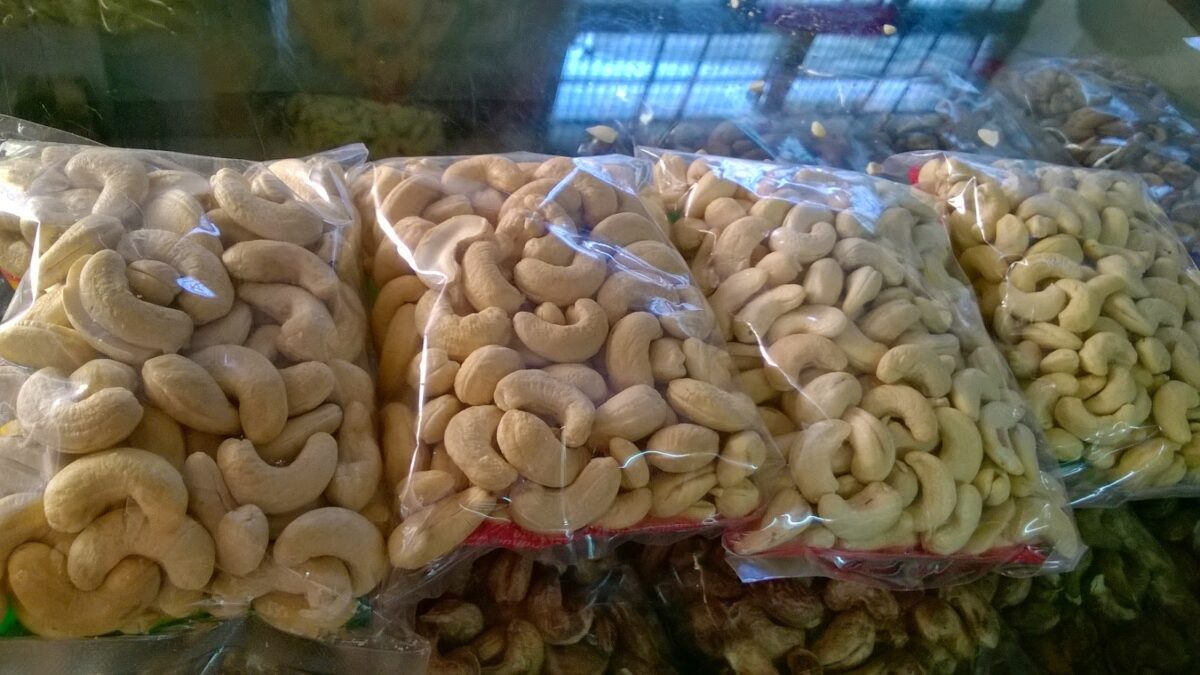 |
| At the sales counter |
The entire process may take a week or more. I was told that despite widespread cultivation of cashews in the coastal regions, many factories process nuts imported from South America (they are cheaper despite travelling across the oceans) compared to the local produce. Ironic isn’t it?
Other factories may have different processing methods but the general idea is to dry, crack open the drupes, roast and then segregate them. Some are further processed into salted cashews or flavoured with other spices.
Here another two images from the factory.
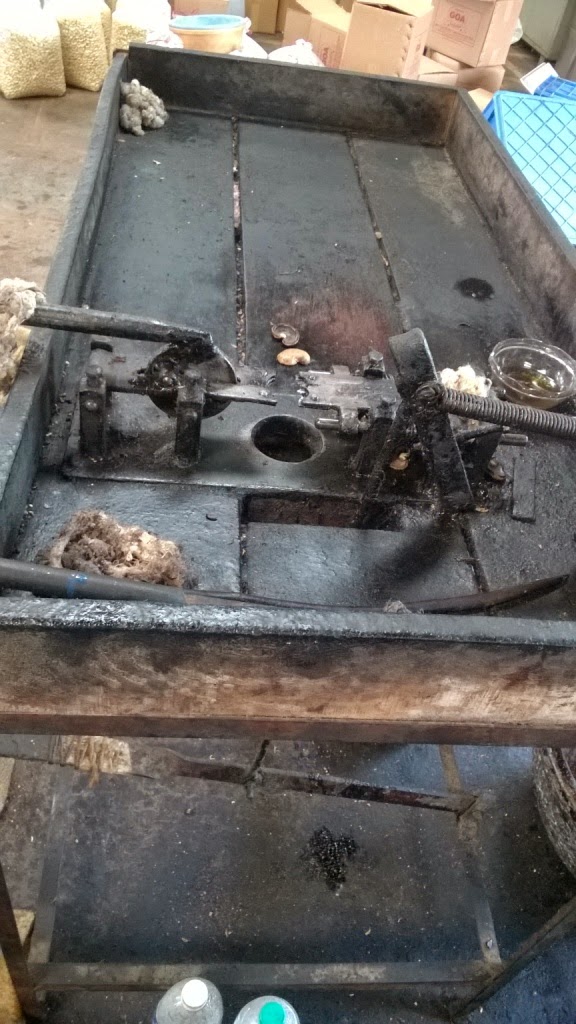 |
| An old manual shell cutting machine |
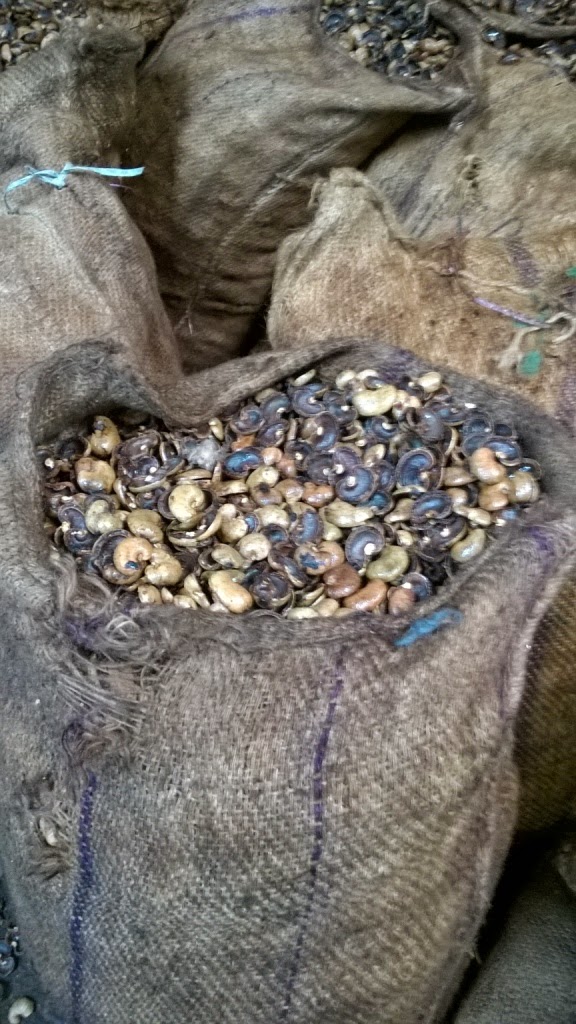 |
| Packed discarded cashew shells ready to be sent to paint makers |
Point to note: There are several cashew factories in Goa but not all welcome visitors. We took a chance with this one and got lucky.
Even at this stage in life, I have learnt something new. Learning never ends… We just need to have an open and curious mind…
Ciao folks!
Sunkissed (Wordless Wednesdays)
Book Review: Being Mortal by Atul Gawande
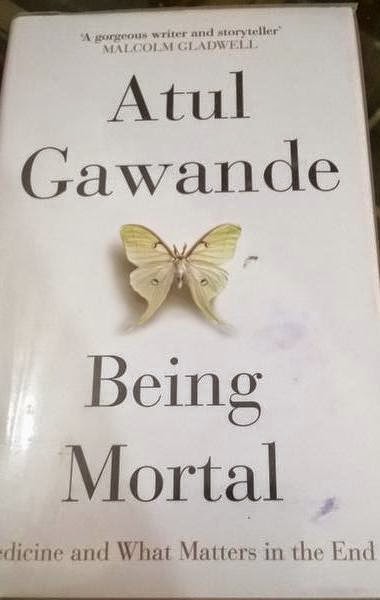
The book left me with mixed feelings. I usually like to complete a book in one go but this is of a different category. The reason is not because it fails to hold attention but actually because it does just that. The ideas that Gawande puts forth compel the reader to think, to introspect, to look at ones own life and family and the decisions one has made or have to make. This demanded that I put the book away to gather my thoughts.
Book Review is not a correct term for the post, I am not really in a position to ‘review’ it. Obviously a lot of hard work has been put in by people much better placed than me in the publishing industry. My Impressions would be a better word, I guess. Anyway here goes…
As the title suggests, the book deals with old age and all that it brings along for the person and people around him*. Aging is much much more than greying hair and wrinkled skin and lost teeth. In fact those are the least of one’s problems. Gawande has drawn extensively on his medical experience to describe how we and the medical world deals with reducing mobility, medical issues like dementia/cardiac/neurological problems etc that are an integral part of growing old. The final chapters deal with cancer and how people react and deal with impending death.
Aging does not discriminate between nationality, gender, financial status or designation. It happens to all and each one faces different changes and our reactions vary from person to person. How do we accept the restrictions that slowly creep upon us? How does the family react? How do the doctors react?
As the author has said, not many doctors take up Geriatrics because its not a glamorous stream nor a highly paying one. Probably not as rewarding in terms of achieving medical goals as well.
What should be the focus of medical management? Should the steps adopted be convenient to the immediate care-giving family members? Should it be to make the individual happy and mentally occupied? Or to enable him to continue a routine that he enjoys and looks forward to? Or keep him well-fed and safe so that his medical parameters are optimum? The latter often means a strictly regimented routine that defeat the previous goals. Often medical interventions are painful, expensive and traumatic for the patient. At times they only delay the inevitable. Are they even worth while then? Who makes these difficult choices?
In India, families still continue to look after the old and infirm and sending them off to old-peoples homes is not common. Yet. Gawande tends to look favourably on this system that too has its drawbacks. He has analysed the rise and fall of the ‘assisted living’ concept and shared results of several studies that affect emotional states of the elderly. Notable among these is a path breaking ‘experiment’ by Bill Thomas to ‘inject’ life into a nursing home.
There exists a dire need to make the twilight years dignified, happy, lively and enjoyable.
The author is brutally frank when describing his feelings when he first ‘met’ death and towards the end of the book describes his father’s final years. He has quoted moving examples of real life people most of them from the USA but those
living in India can easily see similarity in one or many of those.
‘Being Mortal’ is not a book one ‘enjoys’ because it makes the reader uncomfortably aware about the choices they may have made or have to make. It is not light reading.
Will I recommend it? Yes. If nothing, it will spur us to plan for our own old age.
Of course, the best laid plans often do not work because Fate has something else in store.
Have a healthy and happy 2015 folks!
🙂
*For the sake of convenience, I have used a male reference. It can just as well be a ‘her’.
